Debunking Misconceptions on the Kashmir Conflict
Over the past couple of years, publications such as the New York Times and this student newspaper have criticized and censured India for its “domineering” military presence in Kashmir and the consequent human rights violations that have occurred.
These criticisms miss the big picture. By highlighting only a brief period of a conflict that dates centuries back, one turns a blind eye to the ethnic cleansing that preceded recent precautionary efforts taken by the Indian government.
The movie Kashmir Files, released last year, engendered further debate and left an indelible emotional impact on people worldwide, inspiring a paradigm shift in the global perspective after decades of genocide denial. It depicts the story of Krishna, a youth who seeks to know the truth of how he became orphaned — a microcosm of Kashmir’s overarching story of undue subjugation that unraveled as a result of the 1989 genocide.
History of Genocide: From 1989 to 2023
The term “genocide” is justified in describing the Pakistan-backed insurgency that killed more than 1,490 Hindus in Kashmir between 1988 and 2003, according to a 2020 Hindu-American Foundation (HAF) report. This insurgency aimed to ethnically cleanse the region by changing the demographics from predominantly Hindu to predominantly Muslim.
The exodus subsequent to the genocide accounted for the cleansing of more than 95% of the Kashmir Valley, which included more than 350,000 individuals, according to the HAF. Because terrorists in Kashmir have attempted to ethnically cleanse the region, non-Muslim religious sites have been a principal target. From 2000 to 2017, attacks on Hindu pilgrimages, culminating in violence in the Amarnath shrine, killed about 64 people, if not more, and injured several others, as reported by HAF.
The term “genocide” is justified in describing the Pakistan-backed insurgency that killed more than 1,490 Hindus in Kashmir between 1988 and 2003.
This terrorist effort was partly motivated by Pakistan’s bitter resentment from losing the 1971 Indo-Pakistani war. The government desperately needed to divert attention from the crippling economic conditions and sense of national humiliation. Invoking a crisis in Kashmir — as a proxy war — seemed to be an ideal option. With this in mind, Pakistani intelligence services organized Operation Tupac in 1988, intending to make Kashmir a part of Pakistan.
Covert schemes to Islamize Kashmir were critical to the process that Pakistan’s highly secret Inter-Services Intelligence used to “Bleed India through a Thousand Cuts”. With support from an over-enthused Afghanistan, which had triumphed against Russia, and Saudi Arabia’s militant religious fervor, Pakistan was well-equipped to launch an onslaught on the non-Islamic population of the region.
To relieve the terrorist abominations and continued violence from 1989, the Indian government repealed Article 370/35A in August 2019, which has been the subject of controversy and dissension within India as well as among the Kashmiri people.
However, a significant majority has accepted the integration of Kashmir as Union Territory under India as a prospect of systemic change for increased accountability, protection and governance to recover the state all-inclusively. The Kashmiri people further affirmed the decision, as evident by a CNN News 18 survey, which revealed that 84% of residents supported the removal of article 370.
This abrogation also resulted in the explicit rights for previously disenfranchised groups, including refugees, that settled during the 1947 partition.
Furthermore, the reduction in terrorist violence since 2018 is directly associated with the abolition of Article 370. According to the HAF, the number of fatalities dropped from 452 in 2018 to 139 in 2020.
However, the Indian government has put in place rigorous regulations to stave off the possibility of another “2016 happening,” where violent riots led to 82 deaths and injured over 11,000 people. The regulations have included frequent electrical blackouts upon the passage of Article 370’s abrogation.
It is true that certain human rights have been inadvertently suppressed, however, ultimately, these protective, military measures have been enforced to safeguard the vulnerable population subject to terrorism. The aftermath of defensive military measures that safeguard the vulnerable minorities subject to terrorism includes the inadvertent suppression of certain human rights.
However, media portrayal isolates this singular part of the narrative and paints a radically different story where many of the perpetrators of the crimes — those who have executed them or contributed through complicity — are the supposed “victims.”
To relieve the terrorist abominations and continued violence from 1989, the Indian government repealed Article 370/35A in August 2019, which has been the subject of controversy and dissension within India as well as among the Kashmiri people.
Skewed Media Coverage
In the eyes of the international community, the Kashmir conflict has always been a fight for independence, and the strong-handed backlash by the Indian government is seen as one democracy suppressing the pursuit of another “free people” endeavoring to create a free government. However, the terrorism, militant destabilization and the Islamic guerilla insurgency backed by Pakistan’s intelligence services belie the sentiments associated with the “Free Kashmir” campaign.
Proponents of independence in Kashmir fail to recognize that the militants on the ground are proponents of radical Islam, a global threat, with the single-minded objective of establishing a theocratic state where they can openly inferiorize women and other minorities in harsher ways than they do now.
Anti-Hindu groups in Pakistan and elsewhere demonize and invalidate the faith of Hindus by deeming them “kaffir” (unbelievers, people who deny the existence of a God). Though we cannot give carte blanche to the regulations, sometimes life-costing, implemented by the Indian government, which have even resulted in some deaths in 2019, their escalation of the conflict springs from the long-term goal of de-escalation.
To quantify the polarization of opinion regarding Kashmir coverage, the HAF reviewed a total of 132 articles from BBC News, CNN, The New York Times, NPR and the Washington Post, some of the most widely credited media outlets, between Aug. 5 and Sept. 3 of 2019. The HAF established criteria to evaluate the coverage provided by these sources.
Furthermore, with respect to Kashmir Files, media sources like New York Times, Time magazine, and Washington Post, to name a few, urge public questioning of the film’s legitimacy to distract attention from the injustices of the genocide. They establish this tone by conflating two entirely different issues — a genocide of one community (Kashmiri ethnic cleansing) and prejudices against another community (Islamaphobia) — to diminish the extent of the wrongdoing, justify it, and continue the propaganda war of covering it up.
A common theme through these articles is that they suggest the film was created to exacerbate religious rifts when polarization was a byproduct of addressing the widely circulated misinformation, likely not an intention. These repeating qualitative perceptions with no quantifiable backing feed each other, heightening the crisis and injustice to the survivors of the genocide.
The terrorism, militant destabilization and the Islamic guerilla insurgency backed by Pakistan’s intelligence services belie the sentiments associated with the “Free Kashmir” campaign.
The partisan and agenda-driven depiction of the Kashmir genocide overlooks the history of irreversible ethnic cleansing. By sidelining the real historical experts — survivors — we do a disservice not only to this vulnerable population and the Kashmiri inhabitants of today but also to our own commitment to upholding democratic principles.
From a bird’s eye view, this is a reminder of the underlying discrimination in media, particularly towards Hindus. A Rutgers Case Study of Hinduphobia on Social Media and a paper published by Salvatore Babones, American sociologist and associate professor at the University of Sydney, called Unholy Alliance: Inside the Campaign to Pry India from the West, shed further light on this matter.
In order to fight misperceptions, observers should not jump to conclusions based on superficial news events without digging deeper into history so that, ultimately, this critical conscience can be adopted by governmental leaders to nullify corrupted influences. Bringing peace and conciliation will require international cooperation, condemnation from the West, and action-centered resolutions.



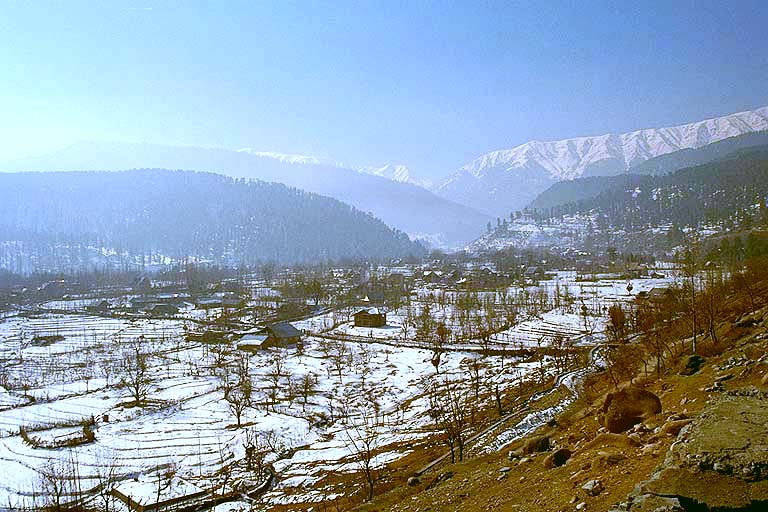


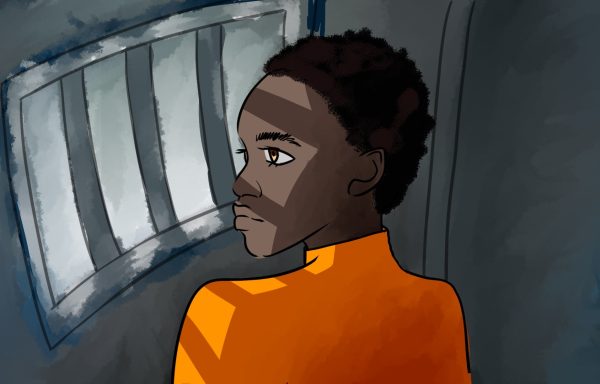


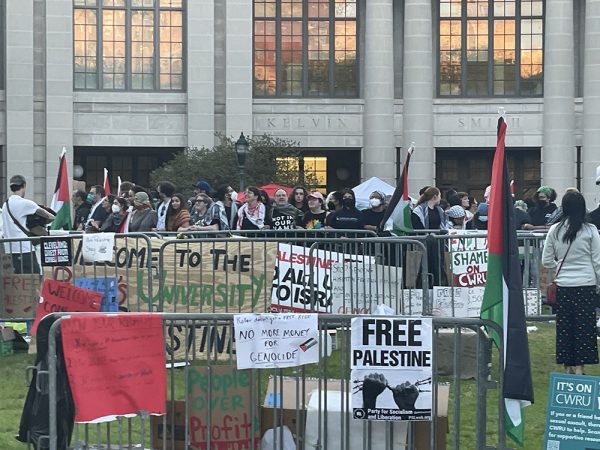




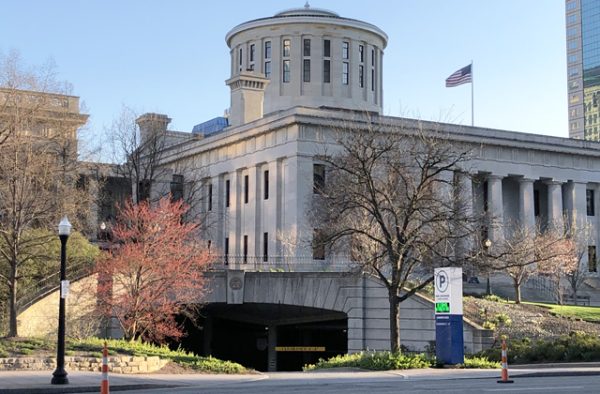

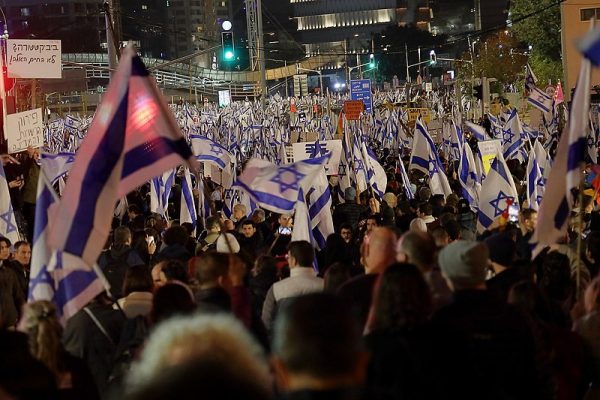
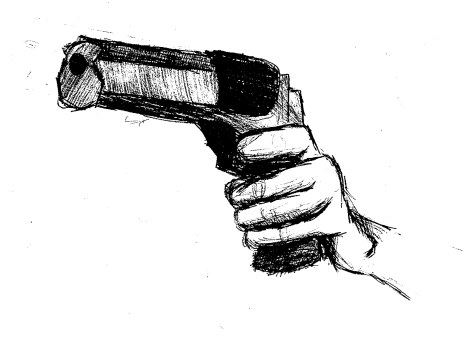

N. Desai • Mar 24, 2023 at 8:43 AM
In addition it is immortal to note that,
1. The current state of Kashmir, is direct result and consequence of islamic militant action.
2. The area has fallen behind other states of India in development (and most other indices) even though it receives highest per capita funding from the central government.
3. Against all adversarial situations created by the Islamic militants Indian party of Kashmir is in much better condition than Pakistan occupied Kashmir. All international media have failed show this.
S Nair • Mar 23, 2023 at 8:36 AM
This well researched article is likely to attract broader global readership.
We must understand major news outlets and some newspapers, journals may act ( or masquerade? ) as activists with an agenda.
They are directly or indirectly supported by an ecosystem which pushes their views and not news or reality. While news may deliver truth, views may not.
Attempt to read this article in the context of younger voices from Kashmir such as
Yana Mir, Editor-in-Chief, The Real Kashmir and few others mentioned below who are delinked from feudal political patronage, would take us to 21 st century aspirations and not stone age practices.
Mir Junaid, President, J&K Workers Party.
Touseef Raina, President, Municipal Council, Baramula
Thank you for investing your time, and for making an honest effort to educate all of us.
Gadasalli Satya. • Mar 22, 2023 at 11:08 PM
A true analysis & report on the biased western media reports on Kashmir/India based on Hinduphobia.Shameful.